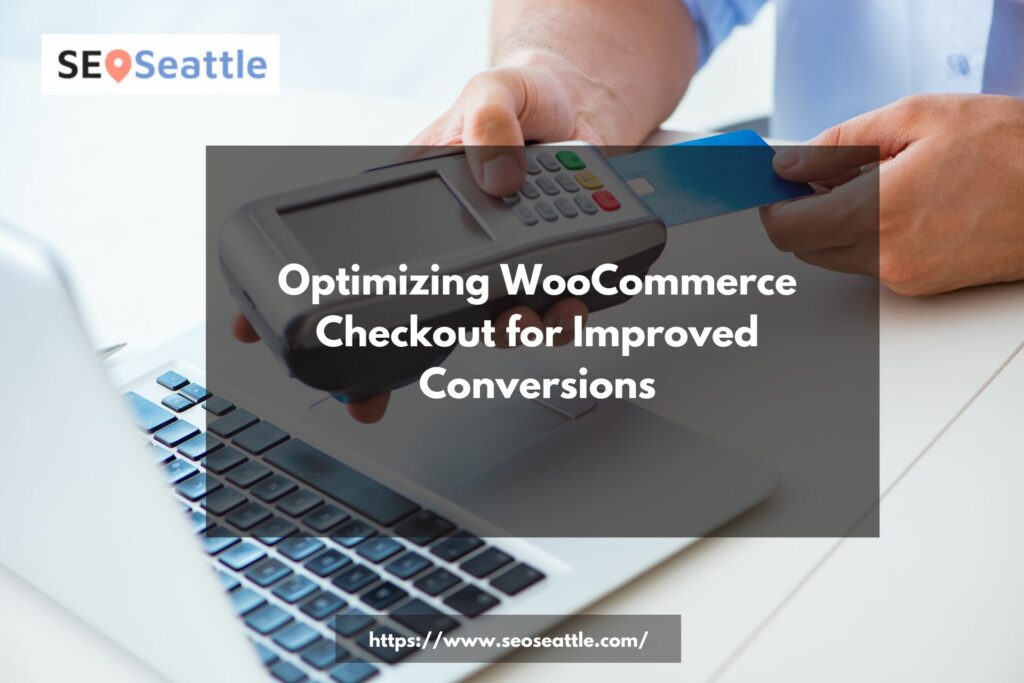In the world of e-commerce, driving traffic to your online store is only half the battle. The ultimate goal is to convert those visitors into paying customers. One critical point in the customer journey that significantly impacts conversion rates is the checkout process. A poorly optimized WooCommerce checkout can lead to cart abandonment and lost sales. In this article, we will explore effective strategies to optimize your WooCommerce checkout for improved conversions.
Understanding the Checkout Journey
Streamlining the Form Filling Process
When customers reach the checkout page, they’ve already made the decision to purchase. However, a lengthy and complicated checkout form can deter them from completing the process. Simplify the form by only asking for essential information, such as shipping address, payment details, and contact information.
Guest Checkout Option
Requiring customers to create an account before checking out can be a roadblock. By providing a guest checkout option, you reduce friction and cater to customers who want a swift purchase experience. You can always encourage account creation after the transaction is complete.
Progress Indicators
Implementing a progress bar that shows customers how many steps are left in the checkout process can ease their anxiety. It provides transparency and a sense of control, which can positively influence their decision to complete the purchase.
Multiple Payment Options
Different customers prefer different payment methods. By offering a variety of payment options such as credit/debit cards, digital wallets, and even buy-now-pay-later services, you cater to a wider audience and enhance their checkout experience.
Design and User Experience
Mobile-Friendly Design
In an era where mobile shopping is prevalent, your WooCommerce checkout must be optimized for mobile devices. Ensure that all elements are responsive and easy to interact with on smaller screens.
Clear CTAs
Your Call-to-Action (CTA) buttons should be prominent, using action-oriented words like “Buy Now” or “Proceed to Payment.” Make sure they stand out from other elements on the page.
Visual Trust Signals
Building trust is essential for conversions. Incorporate trust signals such as security badges, customer reviews, and money-back guarantees near the checkout area. This reassures customers that their information is safe and their purchase is risk-free.
Performance and Speed Optimization
Caching for Faster Load Times
A slow-loading checkout page can lead to frustration and cart abandonment. Implement caching mechanisms to ensure that the checkout page loads quickly and provides a seamless experience.
Reduce Unnecessary Distractions
Minimize the navigation options and links on the checkout page. The goal is to guide customers towards completing the purchase without diverting their attention elsewhere.
A/B Testing for Continuous Improvement
Importance of A/B Testing
A/B testing involves comparing two versions of the checkout page to identify which one performs better in terms of conversions. Test different elements like button colors, CTA text, and form fields to find the optimal combination.
Monitoring and Analysis
Regularly monitor key metrics such as cart abandonment rate, conversion rate, and user behavior on the checkout page. Analyze the data to uncover insights and make informed decisions for further optimization.
Conclusion
In the competitive landscape of e-commerce, a well-optimized WooCommerce checkout can be the difference between a lost sale and a loyal customer. By streamlining the form filling process, focusing on design and user experience, optimizing performance, and conducting A/B testing, you can create a checkout process that encourages conversions. Remember, every improvement, no matter how small, contributes to an enhanced customer journey and increased revenue.
FAQs
What is cart abandonment, and how does it affect conversions?
Cart abandonment occurs when a customer adds items to their cart but leaves the website without completing the purchase. It significantly impacts conversions as it reflects lost potential sales and revenue.
Why is mobile-friendly design crucial for the checkout process?
Mobile-friendly design is crucial because a significant portion of online shoppers use mobile devices. If the checkout process isn’t optimized for mobile, it can lead to a frustrating experience, cart abandonment, and lost sales.
How can I convince customers to create an account after guest checkout?
You can encourage customers to create an account by offering benefits such as order tracking, personalized recommendations, and faster future checkouts. Highlight these advantages on the order confirmation page.
What are some effective trust signals to include on the checkout page?
Trust signals include security badges, SSL certificates, customer reviews, trust seals from reputable organizations, and clear privacy policies. These signals reassure customers that their information is secure and their purchase is reliable.
How often should I conduct A/B testing for my checkout page?
The frequency of A/B testing depends on your website traffic and the rate of changes you’re making. However, it’s recommended to conduct tests regularly, analyze the results, and iterate based on the findings.
